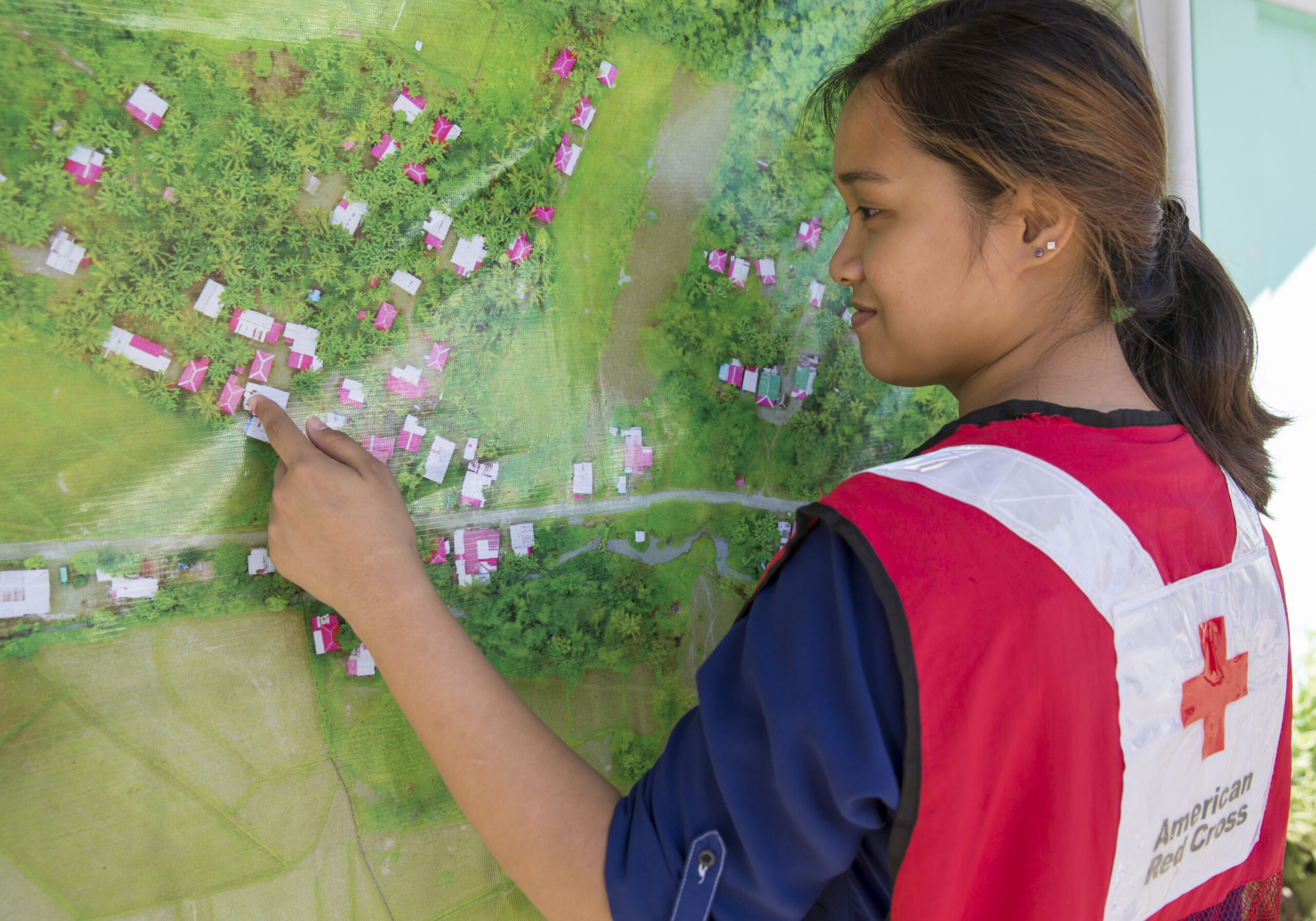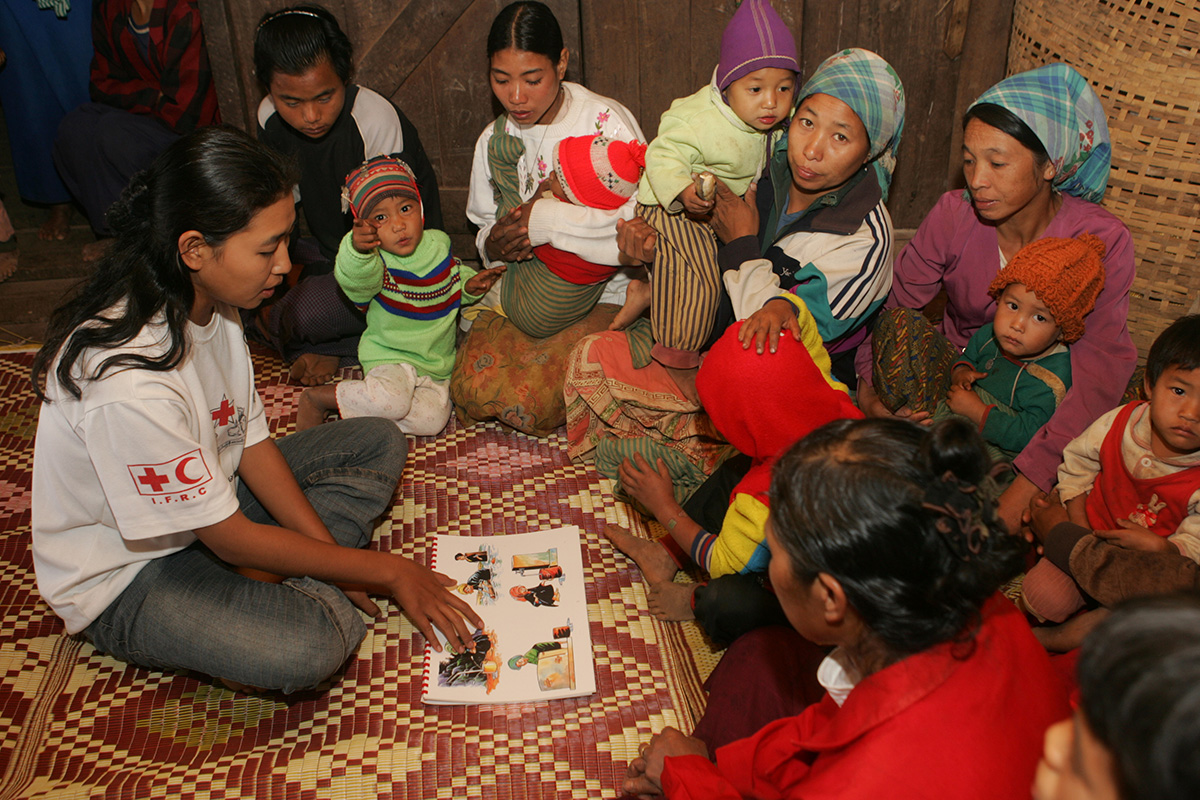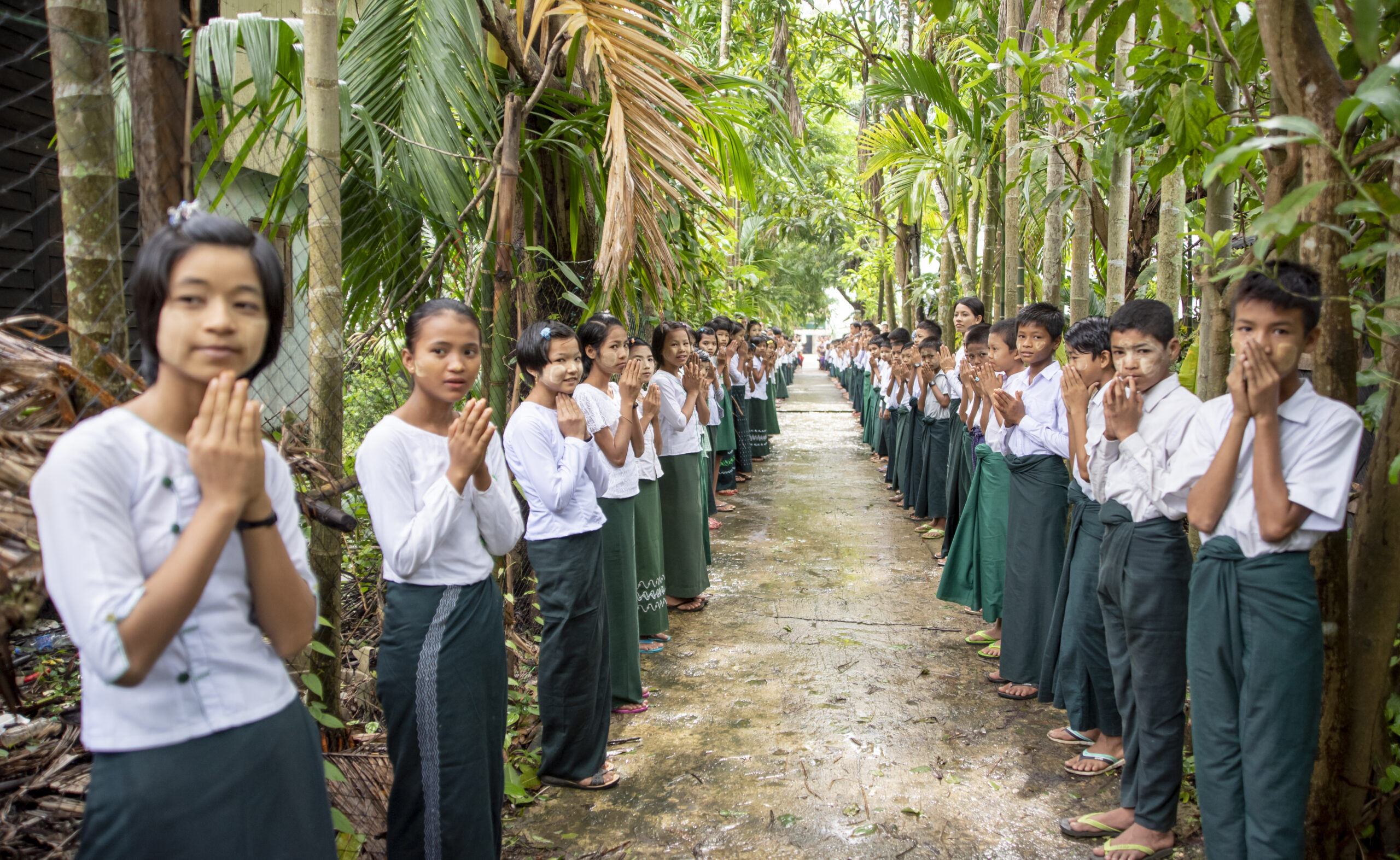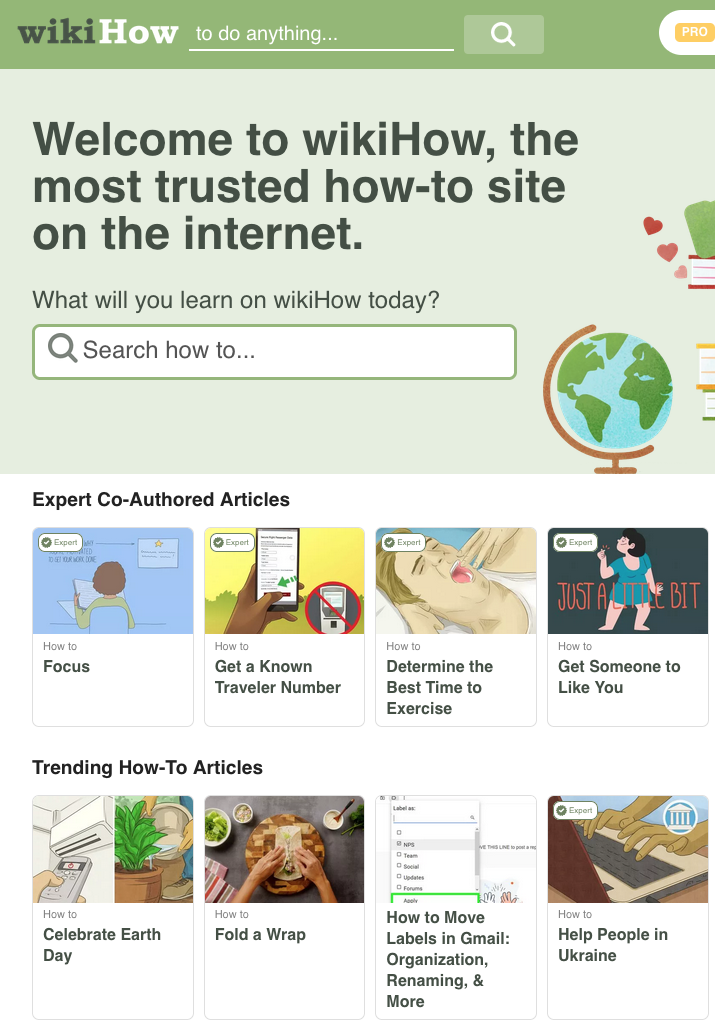Consider developing content and UX strategies that take local contexts into account.
Audiences and areas of opportunity
Audiences
The research revealed two key intended audiences for the First Aid app. The primary audience is First Aid practitioners and instructors. This audience used the app for their own continued professional development (e.g. refresh and retain) and as a resource for their students. The second audience is the general public who are not certified in First Aid training, but are looking for some basic guidance and information.
There are significant opportunities to build on these successes with effective UI/UX. These fall mainly under 4 themes: interactivity, flexibility, personalization, and inclusion.
“First aid education has traditionally been responsive. It would be great if we could make it more proactive or nimble. It doesn’t informally cross people’s daily lives as [much as] it could... [with] more ways to integrate into people’s daily environments.”
– Joanna Muise, Canadian Red Cross

Flexibility
Another essential point is flexibility. People are using the app for many different needs and reasons. The design of the app should account for instances where people expect instant, easy-to-find and easy-to- digest information through both navigational design and the way that content is developed and delivered.

Interactive learning
The app could include more interactive features and functions that align with existing First Aid educational materials and instruction that is not digital. Simple, to-the-point action-based information is essential, with the inclusion of cognitive aids, like visuals and videos, instead of lengthy written instructions.
Personalization
People who have already taken First Aid courses are a key audience looking for personalized learning experiences. They need to be able to filter and have easy access to content and interactivity that is of most value to them and their training. For example, if someone has just learned CPR, they may only want quizzes and interactive exercises or tasks the following week or month that just focus on reinforcing their knowledge of CPR.
Inclusion
The app should be the trusted source for the general public, even those who are not engaged with the Red Cross/Crescent or other First Aid training. For people who are not trained in First Aid, the app could be more welcoming and inclusive by also providing options to personalize. For example, a new parent may want access to just a few key areas of baby First Aid, so that they can feel more confident and secure without feeling overwhelmed, while also keeping them engaged and curious to learn more as they go.
Design
Recommendations
Design for context
Design to gain users' trust
Develop a 3-part search, content and marketing / outreach strategy to build continued trust, confidence, and awareness through the app that the Red Cross is the leading source of First Aid information and is committed to combat misinformation about First Aid. For example, develop a Red Cross browser extension that works with search engines to steer people towards reliable Red Cross-approved First Aid information.

Design for inclusion of all learners
Consider designing for new users who have NOT taken First Aid courses, yet use the app as their primary source of First Aid information.
Digital learning styles and behaviors
Digital usage behaviors
There are 3 distinct dimensions of the digital design experience that relate to the 4 themes: Digital Usage Behaviors, Digital Learning Styles, and Measures of Success for UX.
App-based design of educational / learning information requires new framing and acceptance of how learning styles have evolved with our reliance on mobile devices. Effective mobile interface design allows users to navigate at their own pace, non-sequentially and non-linearly, from at-a-glance to deeper focus, with the ability to backtrack or jump forward, and to access just what they need in the moment of need.
Digital learning styles
Traditional textbook-style long-form, linear narrative content does not translate well into mobile digital spaces. Successful digital learning platforms provide learners with “smaller nuggets of learning in higher doses”.
“ .”
– Joanna Muise, Canadian Red Cross
Measures of success for digital UX
Furthermore, access to digital educational resources empower people to be independent learners- taking in what they want, when they want, outside of the design of a guided and structured (tiered and stacked), course, or even a course module.
When it comes to these digital usage behaviors and independent learning, the app can be more social, more DIY, and more tiered for a "grow-as-you- go" approach.
Modern approaches to First Aid learning
Social approach to First Aid
When it comes to expectations for the app, our research participants articulated a variety of needs and preferences.
Given that First Aid is a social learning practice with classes structured as groups and cohorts, leveraging social media can be a great opportunity for fostering continued and more successful comprehension and retention at all phases of the learning process.
Furthermore, storytelling is a powerful tool for learning and real-life examples from real people could in some cases be more effective / memorable than crafted scenarios.
The DIY approach
In our research, we learned that many people are searching much more broadly than First Aid-specific apps, sites, and other resources. Most people not familiar with the app are starting with general Google searches and refining their searches from there. For example, wikiHow is a common landing site from a Google search and offers a simplified approach with minimal step-by-step instructions and pared-down line art illustrations.
“I'm a big believer in DIY.”
– Journal participant, Uganda
Tiered learning for a "grow-as-you-go" approach
We also learned from the research that learners are looking to build knowledge as they go. Instead of a fire hose of information all at once (which could be the case for some trainees taking a course), many people want to simply build knowledge and skills as needs arise. That does not mean that they are waiting for a moment of crisis. Sometimes these cases are proactive (like bringing someone home from the hospital after surgery) or preventative (like knowing what to do if a baby stops breathing).
On the other hand, as trainees and newly certified First Aid practitioners gain more confidence and experience, they want greater challenges. The quizzes on the app are sometimes too simple and the information too basic- it doesn't leave much room for growth. A tiered approach to the app, from basic to advanced, could keep people engaged more regularly and over time.
The app is a support resource that can enable First Aid students to extend the classroom learning experience by being able to do scenario-based learning even after class is over. There are obvious limitations (like learning to do CPR), but when coupled with a training course, the app can do more to help remind and reinforce in-person learning experiences.
The app is under-utilized
Ultimately, in considering all of these needs, the overarching goal for most app users is feeling more confident when it comes to first aid knowledge, skills and preparedness for moments of need.
Despite all of these requests, suggestions and approval of many existing app features, in situations where first aid is required, people often took courses of action that did not involve using the First Aid app.

While sites like wikiHow may not be universally trusted, established sources for First Aid information, these are the most accessible / top-of-page links found when searching by topics.
Digitally-driven scenario-based learning tools
Scenario-based learning is a well-established tool for learning, as an effective way to dispel or guard against misinformation, to ground abstract or conceptual / theoretical information, and give the learner an opportunity to experience the situation, empathize with the role-players, and imagine their own thoughts, instincts, and reactions (e.g. if that were me in that scenario, what would I do?).
In terms of First Aid, scenario based learning gives people the opportunity to experience how the First Aid action or skill works on the body, and in real life. In First Aid training courses, this form of learning happens in-person and is vital to establishing a foundation for First Aid practitioners.
“During COVID, I used scenario-based activities to get First Aid learners comfortable with doing CPR safely and while wearing a mask. I do this because people often complain that they can’t breathe with a mask on and are inclined to remove it while doing CPR.”
– Matías Pérez Duclos, Cruz Roja Argentina (Argentinian Red Cross)
Design for storytelling
Contributors could share use-case scenarios, stories from the field, and pivotal moments in their path to build confidence in applying their First Aid skills.
Deliver content in small doses
Create a social media library to package First Aid education into readily digestible "small nuggets" that can be shared with learners to supplement what they have learned in class.
Expanded instructional video content
Providing support during minor First Aid scenarios
Online videos enable people to be more self-sufficient and self-reliant in addressing issues in their lives - from First Aid, to self-help, to fixing their cars, and many things in between.
EMS contact information needs to be up-to-date and reliable
Furthermore, linking / expanding to external content will make app development and content maintenance more efficient and cost- effective. Approving this content would add equity to the creators and their work, and could also create a reciprocal effect where people landing on these platforms looking for answers and solutions will discover the Red Cross/Crescent First Aid app.
Providing support when every moment matters
The videos on the app today are assets which could be a greater area of focus and supplemented with fresh "Red Cross-approved" content on popular external platforms like YouTube, Instagram and TikTok.
“People like this kind of learning (videos); if we can use this type of inside the app, it would be really good. This kind of modality helps people to discuss and imagine them[selves] in that place at that moment.”
– Matías Pérez Duclos, Cruz Roja Argentina (Argentinian Red Cross)
Red Cross / Crescent stamp of approval
Consider creating a Red Cross stamp of approval as a way to vet and share video content that is not created by the Red Cross/Crescent. This could be used as a way to build a better library of high-quality First Aid resources.
New measures of success
With digital learning - especially digital mobile learning - traditional forms of reward and recognition no longer apply. For example, in the past, trainees certification recipients were expected to retain what they learned in class after six months. This no longer seems like a reasonable or necessary expectation, now that information is easily accessed on demand.
With a new, updated digital strategy, the Red Cross has a unique opportunity to revisit KPIs and how the organization measures success in First Aid achievement, including the willingness and readiness to take action during an emergency.